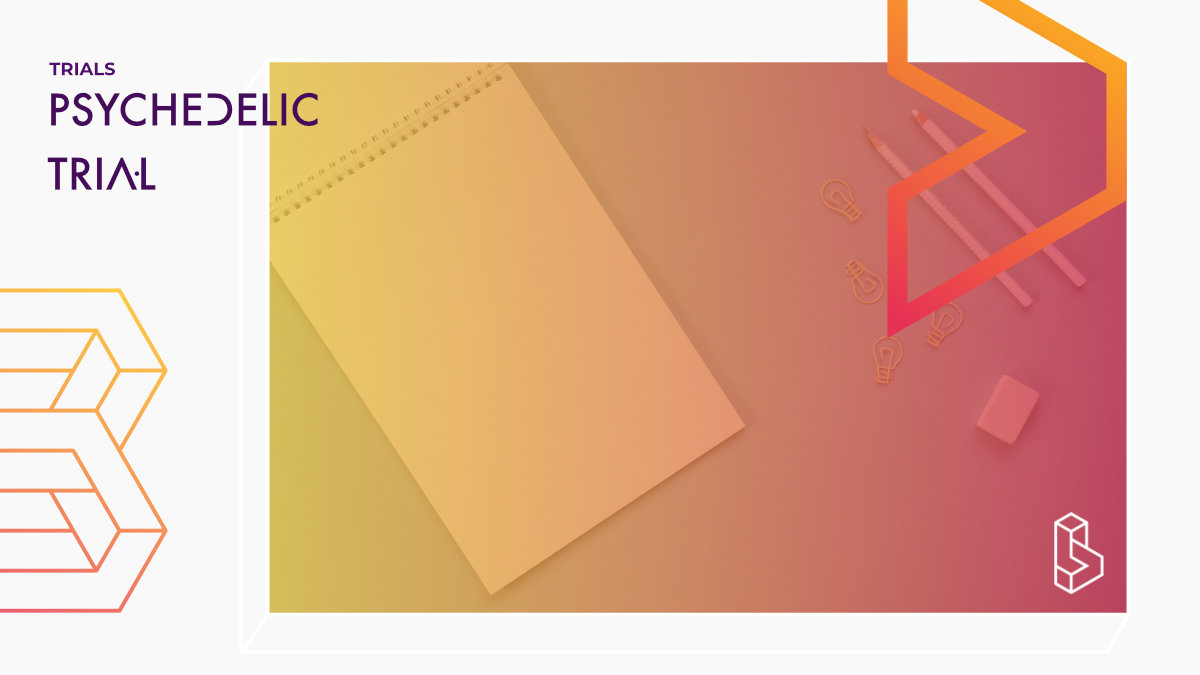Based on the analgesic and antidepressant effects of ketamine, the investigators speculate that esketamine may be effective for patients with chronic visceral pain comorbid depression. At present, the research evidence in this area is relatively lacking.
Therefore, this study aims to explore the difference in the efficacy and safety of esketamine as an adjuvant therapy and positive control drug-pregabalin in patients with chronic visceral pain comorbid depression.
Topic Pain
Depression
Country China
Visit trial
Trial Details
Trial Number
Sponsors & Collaborators
Peking UniversityPeking University (PKU), also known as the University of Beijing is a public research university in Beijing, China.
Measures Used
Hamilton Anxiety ScaleThe Hamilton Anxiety Scale (HAM-A) was one of the first rating scales developed to measure the severity of anxiety symptoms and is still widely used today in both clinical and research settings.
Hamilton Depression Rating Scale
The Hamilton Depression Rating Scale (HDRS) is a multiple item questionnaire used to provide an indication of depression, and as a guide to evaluating recovery. The scale consists of 17 items which each item being scoring on a 3 or 5 point scale. The higher the score, the more likely a person is depressed.

